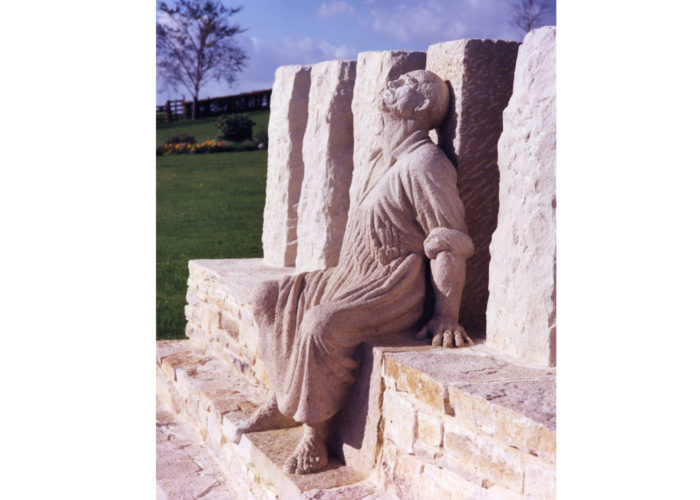Tolpuddle Martyrs Sculpture
Theme: Challenging law and order: British riots and reforms, The impact of industry, Social and cultural revolution, British politics in the Age of Revolution, People in motion: exiles and opportunities
In 1834, six farm workers were arrested and transported to Australia as a result of banding together to improve the miserable wages of farm labourers. The maltreatment of the ‘Tolpuddle Martyrs’, as they became known, helped pave the way for the creation of trade unions and the protection of employees’ rights.
In 1834, farm labourers working in the village of Tolpuddle in Dorset were earning as little as six shillings a week (about £20 in today’s money). This was not enough even to pay for simple food, rent and clothing for their families, in spite of heavy working hours. A group began to meet regularly and planned to protest peacefully to their employers. They swore an ‘oath of solidarity’ to bind them together.
The effects of the French Revolution and the violence of the recent Swing Riots in England had made the British Establishment fearful of any activity they thought might challenge them. The six leaders were arrested, charged with taking a secret oath and sentenced to seven years’ transportation to Australia. This was an extremely harsh punishment – an alternative to hanging. For three years, the trade union movement supported the men’s families. After national protests and the delivery of an 800,000 signature petition to Parliament they were finally pardoned and welcomed home as heroes.
The case of the Tolpuddle Martyrs justified the right of working people to organise themselves into trade unions as an intrinsic part of a free and fair society. This sculpture features George Loveless, awaiting transportation in Dorchester prison. It is designed for visitors to sit alongside him – the five seats representing his fellow martyrs. In prison, George wrote the words: ‘We raise the watchword, liberty. We will, we will, we will be free!’ These have since served to inspire generations of people to fight against injustice and oppression and appear on the back of the sculpture’s seats.
Did you know..?
Transportation to the first penal colonies in Australia started in 1787. Over the next 80 years, about 160,000 men, women and children were sentenced to transportation there from Britain and its Empire.
Sources & acknowledgements
This object description and its related educational resources were researched and written by our team of historians and education specialists. For further information see the item’s home museum, gallery or archive, listed above.
- Enquiry Questions
-
Education overview
You can access a range of teachers resources related to this object and more on our education page.
Please also see our glossary of terms for more detailed explanations of the terms used.
-
Curatorial info
- Originating Museum: Tolpuddle Martyrs Museum
- Production Date: 2001
- Creator: Thompson Dagnall from Liverpool
- Original record
-
Use this image
- Rights Holder: Tolpuddle Martyrs Museum
- License Type:
Find it here
This object is in the collection of Tolpuddle Martyrs Museum



